Hello everyone, hope you all are doing great? However, welcome back to my blog.
Websites has evolved over time from generation web 1.0 to web generation 4.0, the first generation of website was like an article, this website has been updated to the present generation that contains a great technology advancement Artificial intelligence (AI). Today, I will write on the Evolution and its features.
Website is defined as a collective World Wide Web pages which are hyperlinked to each other, this website is then made available online by individual, institution, company etc .
THE FIRST GENERATION WEBSITE ( web 1.0 -1991):
Web 1.0 is used to refer to the first stage of development on the World Wide Web that was typical built as simple static websites. In 1991, a British scientist named Tim Berners-lee invented the World Wide Web, this web was originally developed and intiatied to solve the issue of automated information-sharing between scientist and universities all over the world.
Web 1.0 only allowed people to search for information without interaction, no user-generated content because there was no room for interaction between user, it was only characterized as a content delivery network, where information is displayed for users to see without making an input.
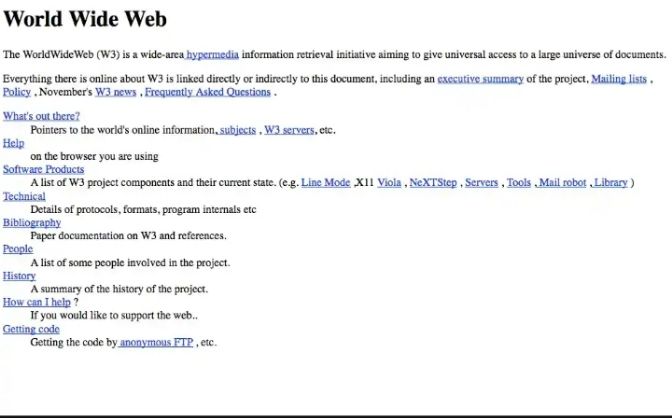
Source the first website built by Tim Berner lee in 1991
Its features were;
- Static pages(built up with HTML)
- page of the site content is served from the server file and system.
- site pages are built using Server side.
- only tables and frames was used to align and position elements on a page.
Web 1.0 limitation
Web 1.0 is characterized as a linear site because if its static ability and no interaction, an upgrade of web 2.0 came, it brought about interactivity.
SECOND GENERATION WEBSITE (web 2.0 -2004)
Web 2.0 is termed as the second stage in the development of World Wide Web that enables users to share, create, interact and communicate their work with others without having any prior programming skills. It is noted as a read write web.
In 2004, Tim O'Reilly coined web 2.0 at a conference that held in San Francisco. He defined the web as a platform that needs interactivity as opposed by the web 1.0 which is a read only web source the interactivity brought about the evolution of web hosting services and culture communities which include video sharing sites, wikis, blogs, social-networking sites and folksonomies
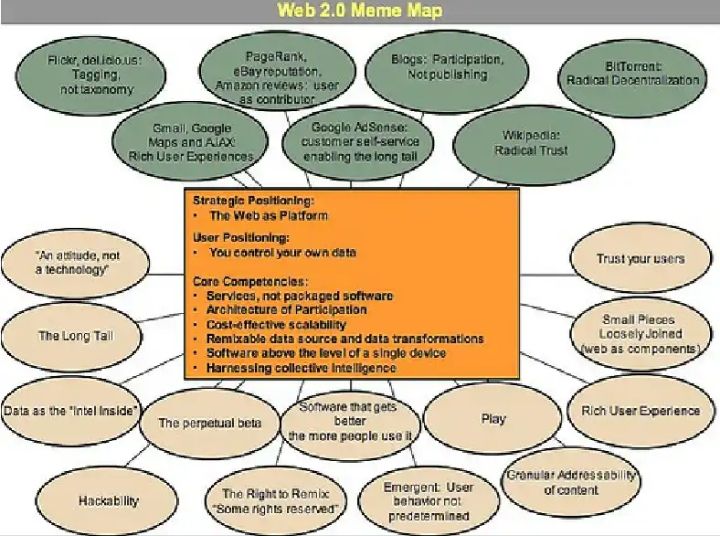
Source the ideas of web 2.0 from Tim O'Reilly proposal
Its features include;
- Access to large amount of information, this gives room for classifying and obtaining information by users.
- A change in way information is transferred between site users and owners.
- The initiation of APIs( Application program interface) that gives room for using site information through the software.
- a real-time response to users input
Web 2.0 limitation
Web 2.0 lacks the ability to secure users information, it is typically a centralized web that makes trusted institutions to manipulate users information. The need for decentralization came that brought about Web 3.0.
THIRD GENERATION WEBSITE (Web 3.0 -2006)
Web 3.0 is termed as a technological web that introduced Artificial intelligence, semantic web and decentralized protocol. The introduction of AI made the internet to make use of Robots to control sites this forces developers to make use declarative ontological programming languages (OWLs) to build specific ontologies that robots makes use of to draw inferences and make conclusion on the site content, the semantic Web made changes on the process of analyzing information and ranking sites, and the decentralization made data not to belong to a specific organizations or people but is transmitted by users.
In 2006, John Markoff of the New York Times proposed web 3.0 as a third generation of internet-based services that made the internet to be called "the intelligent Web".
Its features include;
- AI Introduction
- Semantic web
- 3D graphics
- Ease of connectivity
Web 3.0 limitation
Because of its semantic web nature, it is inaccessible to less advanced gadgets, difficult for newbies to understand and it's not yet fully prepared by technology. This brought about Web 4.0 as a web intelligence connections.
FORTH GENERATION WEBSITE (web 4.0- An underground idea)
Web 4.0 is still an underground process of idea, the idea of interactivity between humans and robots to establish a symbiotic relationship that is a two-way communication between the two. Since, everyday life is becoming more dependent on machines, man now have access to robots, this robots now studies systems and accurately understand what they need.
The underground idea of virtual and augmented reality is realistic in web 4.0 due to more and more websites on the internet offers services using the argumented reality
Its features include;
- the idea of the internet being a web Is gives room for transmitting information in every part of the world.
- Communication between internet and users as it exist between people.
- the transparency of internet for traceable of all actions
- Higher speed and reliability as at internet development of today
CONCLUSION
The Generations of website shows how technology advanced to this very day were AI rules the world. The Website existed from web 1.0 as a read only web to web 2.0 as a read and write web to web 3.0 where decentralization came into play, AI and Semantic web, and finally the web 4.0 which is still as underground idea that is yet to be incorporated.
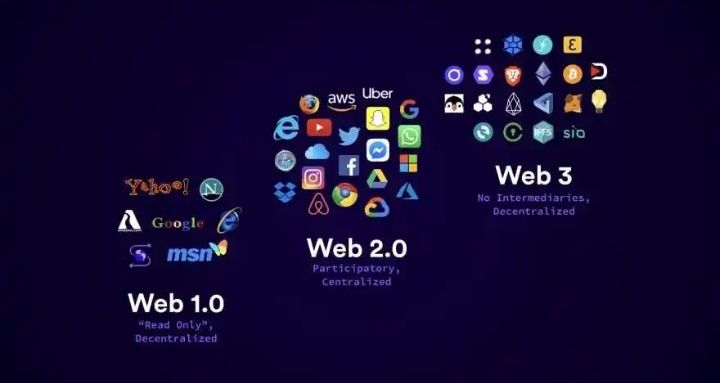
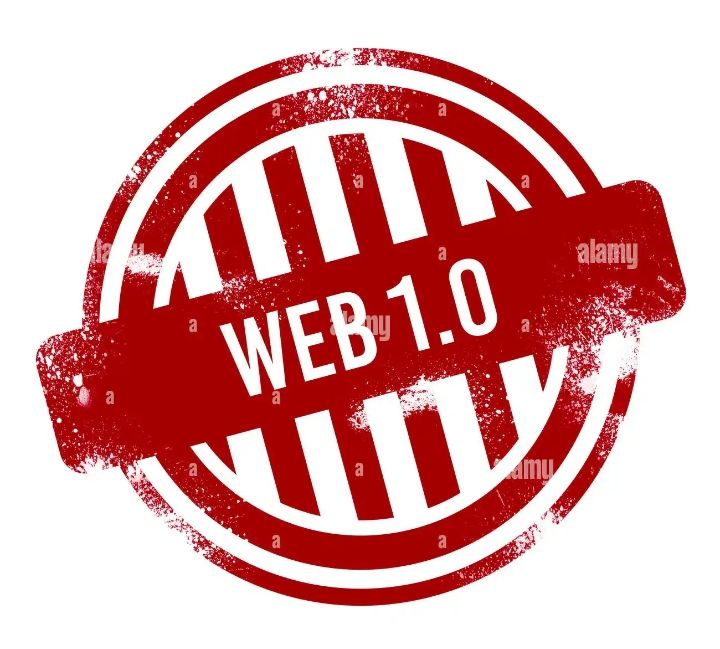
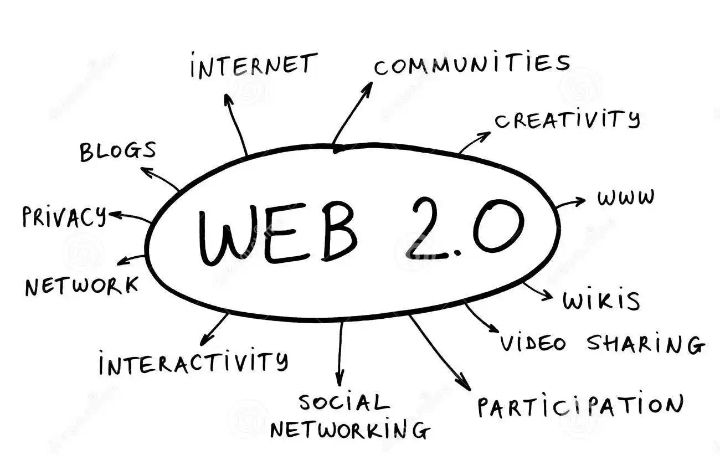
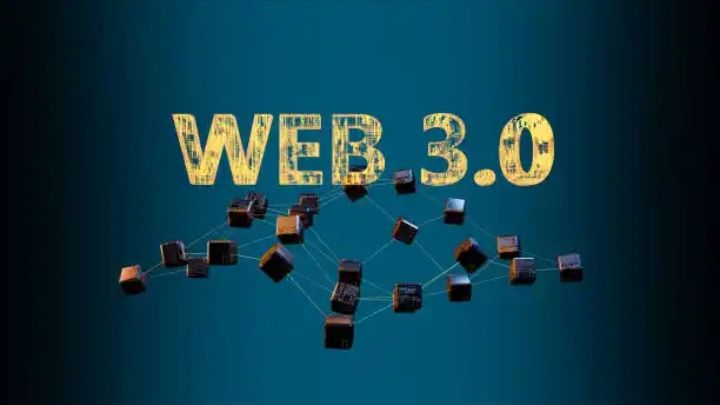

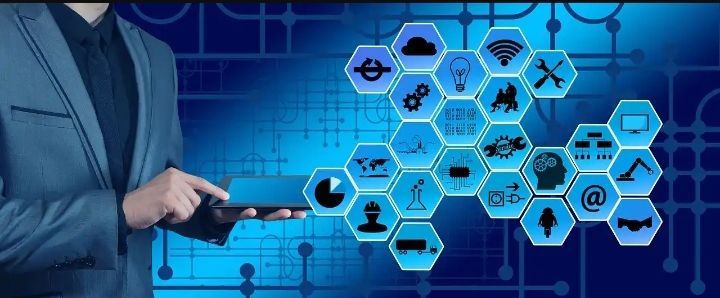
🧡🧡🧡